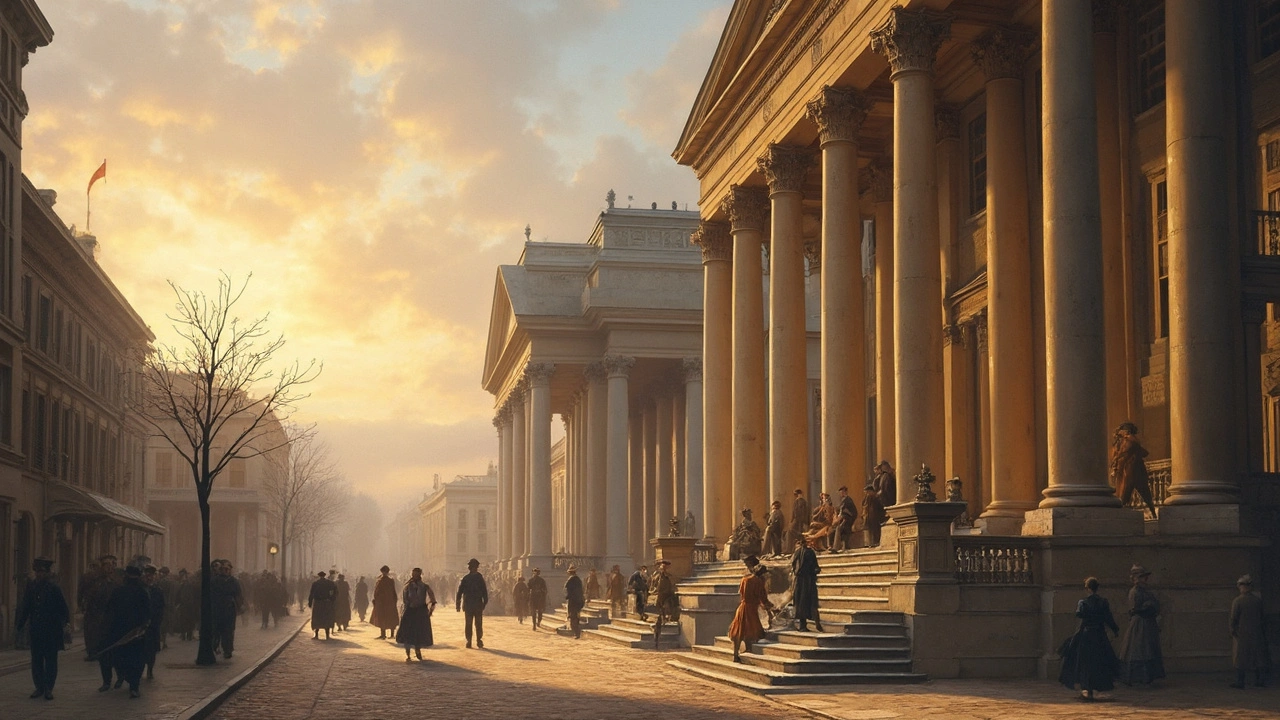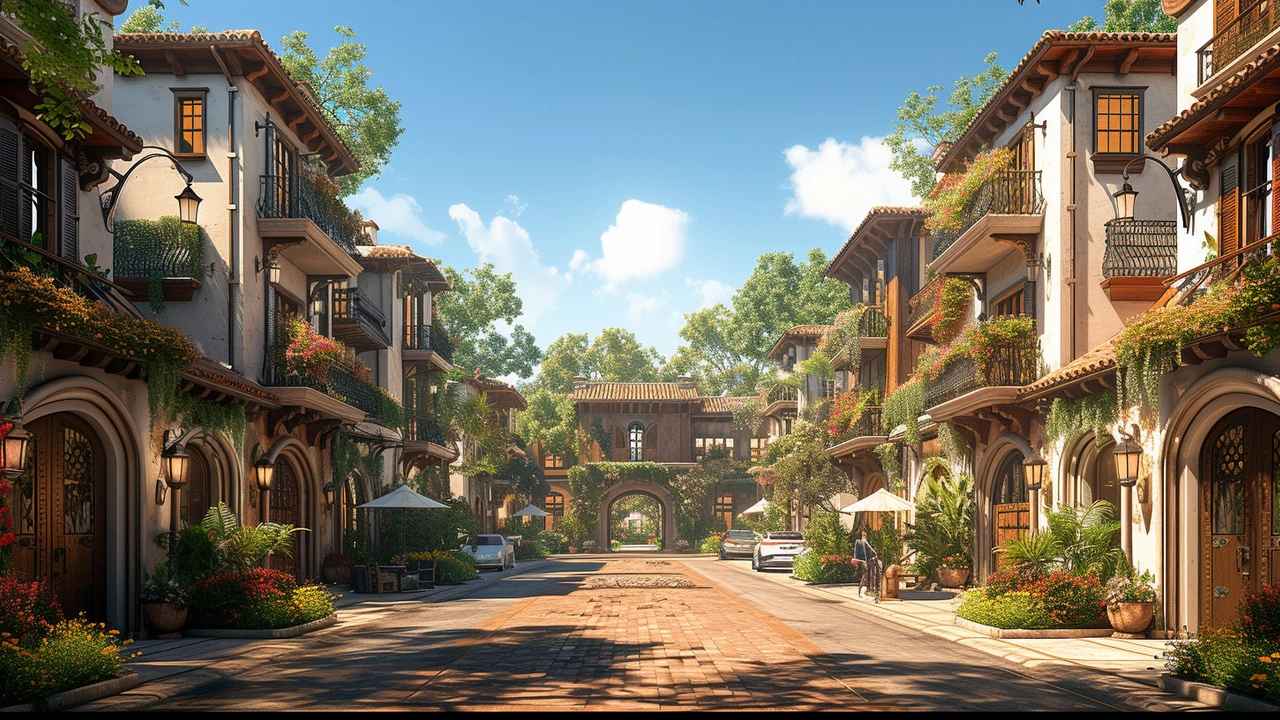Federal Architecture is a key element of American design, reflecting the country's ideals and aspirations from the late 18th to early 19th centuries. Its simplicity, symmetry, and elegance make it distinct and have left a lasting legacy on the nation's cityscapes. This style incorporates elements from Roman and Greek influences, blending them into a uniquely American form. The architecture not only tells a story of the nation's budding identity but also showcases how design can embody cultural values. Understanding Federal Architecture allows for greater appreciation of America's architectural heritage.
History of Architecture: Spot Styles, Dates, and Why Buildings Matter
The Pantheon in Rome still teaches architects—its dome proves that old solutions can outlast trends. If you want to read history through buildings, you don’t need a degree. You need a few key ideas, an eye for detail, and a simple plan to explore.
Start by learning a short timeline. Ancient Rome introduced arches, vaults, and concrete that reshaped construction. The Renaissance brought balance, domes, and classical orders back into fashion. Baroque amplified drama and ornament. Neoclassical movements like Greek Revival and Georgian revived clean lines and symmetry. The 20th century exploded into modernism: Bauhaus simplified form, Constructivism experimented with ideology and structure, while High-Tech and Neo-Futurism celebrated technology and new materials. Postmodernism reacted with playfulness and references to the past. Each shift answers a local problem—climate, politics, materials—and those answers are visible in the building.
How to spot a style
Don’t memorize dates first—look for features. Columns and pediments point to classical influence (Greek Revival, Beaux-Arts). Heavy ornament, curved forms, and grand staircases usually mean Baroque or Beaux-Arts. Simple geometric shapes, flat roofs, and unadorned facades suggest Bauhaus or International Style. Exposed steel, glass, and visible services often mean High-Tech. Bold, unexpected shapes and colorful elements? That’s likely Postmodern or Expressionist. For colonial buildings, check how European styles mix with local materials and climate adaptations.
Use three quick checks when you see a building: silhouette (roofline and massing), details (windows, columns, cornices), and materials (stone, brick, concrete, glass, steel). A rounded arch and thick masonry usually signal older construction; long glass panels and visible trusses point to modern methods.
Practical ways to learn
Walk a neighborhood and photograph five buildings of different ages. Make a simple list: year (or era), three features, likely style. Read short articles on each example—our tag collection covers everything from Ancient Roman techniques to Mid-Century Modern and Neo-Futurism. Visit one major landmark—Pantheon, a Renaissance cathedral, a Beaux-Arts city hall, or a Bauhaus building—and try tracing what problems the architect solved (light, crowd flow, structure).
Preservation matters because old buildings hold construction knowledge and community memory. When you visit a restored house or a preserved street, pay attention to materials and any written plaques about adaptation. That tells you what was valuable to protect.
Finally, keep it practical: sketch, compare photos, and ask one question at each site—Why does this look this way? The answer will link style, technology, and history faster than any list of dates. Use this tag page as a roadmap: pick a style that grabs you and follow the links to short, useful reads on its features, origins, and modern relevance.
Hi there! Today, we're diving into the world of Mediterranean Revival Architecture, a historical architectural renaissance that still has a significant impact today. We'll investigate its unique features, roots, and influence on modern design. This journey will cover various captivating aspects such as the style's popularity in the 1920s and 1930s and its revival in contemporary architecture. So, buckle up for a trip back in time, exploring the architectural prowess of the Mediterranean Renaissance.


